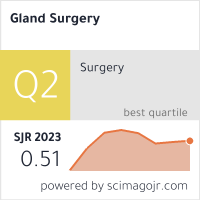THE IMPACT OF TELEHEALTH ON PATIENT OUTCOMES IN RURAL COMMUNITIES: A COMPARATIVE ANALYSIS
Abstract
Background
Rural communities face challenges in describing and implementing technology interventions for disease treatment and addressing health determinants.
Objective
This study aims to review the current literature on telehealth interventions in rural communities across the United States, focusing on applications, therapeutic areas, and outcomes.
Methods
A narrative review was conducted, examining studies published on PubMed from January 2017 to December 2020. Key search terms included "telehealth," "telemedicine," "rural," and "outcomes."
Results
Out of 15 studies included, 9 focused on telehealth interventions for patients, 3 for healthcare professionals, and 3 for both. The studies generally reported positive outcomes and experiences with telehealth in rural areas, including increased acceptability and satisfaction. Notable benefits observed were decreased direct and indirect costs for patients (e.g., travel expenses and time) and healthcare providers (e.g., staffing), reduced onsite healthcare resource use, improved physician recruitment and retention, enhanced access to care, and increased education and training for both patients and healthcare professionals.
Conclusions
Telehealth models demonstrated positive outcomes for both patients and healthcare professionals, indicating that these models are feasible and effective. Further research is needed to explore telehealth interventions, particularly in rural communities, and to assess the impact of the increased use of telehealth resulting from the COVID-19 pandemic.





